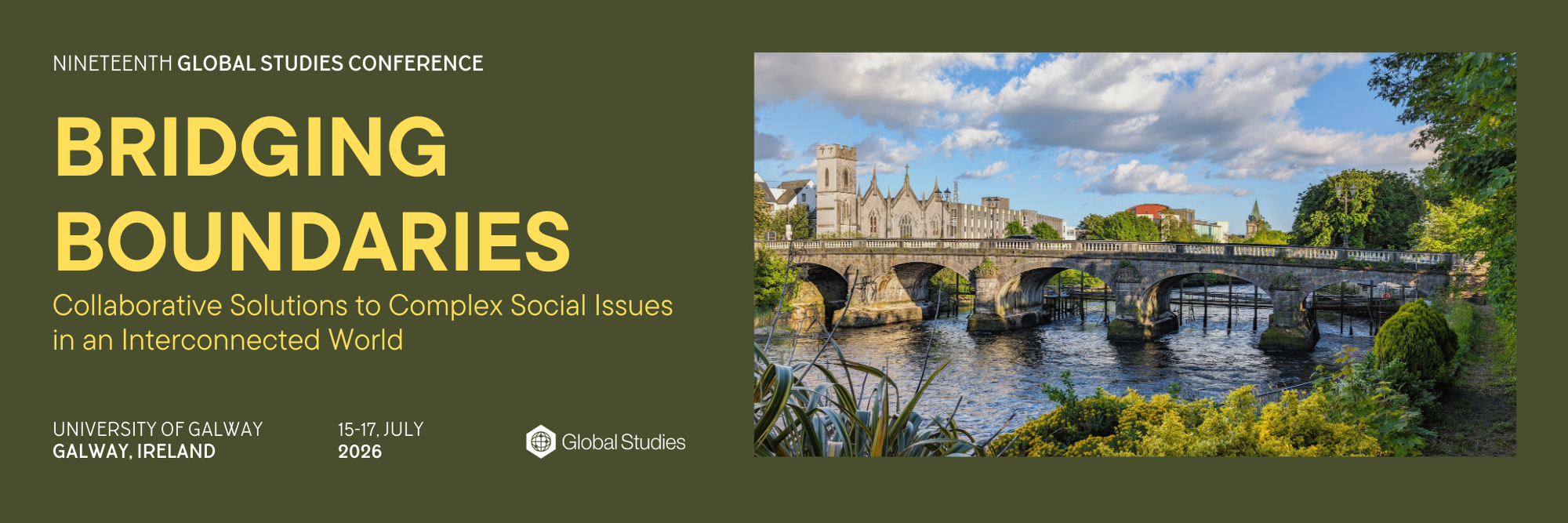Abstract
The American Midwest has been imagined as the nation’s heartland and as flyover country. It has been imagined as insular and homogeneous; as parochial in comparison to big cities on the nation’s coasts. The history of the region is far more complex. Miraftab (2014) has shown how, in the latter half of the 20th century, America’s heartland became a little more global, connecting that globalization of the Midwest to flows of labor. But if one tracks the flows of immigrants into the upper Midwest in the late 1800’s and the establishment of immigrant communities in the region in the early 1900’s, one can find evidence that the American Midwest has always been more complicated, and more global, that portrayed. It is a place shaped as much by hybridity as American exceptionalism. Kraidy (2005) has noted that “[H]ybridity entails that traces of other cultures exist in every culture.” The culture of the American Midwest is entangled with the cultures of the people who immigrated to the region. During the 2024 presidential campaign, the hybridity of the Midwest was portrayed by then-candidate Donald Trump as a threat to the nation. This research examines the ways that news organizations in the Midwest covered debates over immigration and identity during the presidential campaign. Its goal is to understand the story Midwestern audiences were told about who their communities are. It explores the way the Midwest is positioned in news coverage in connection to issues – such as immigration – that are global in nature.
Presenters
Rosemary PenningtonProfessor, Department of Media, Journalism & Film, Miami University, Ohio, United States
Details
Presentation Type
Paper Presentation in a Themed Session
Theme
Vectors of Society and Culture
KEYWORDS
Immigration, Identity, American Studies, Journalism

